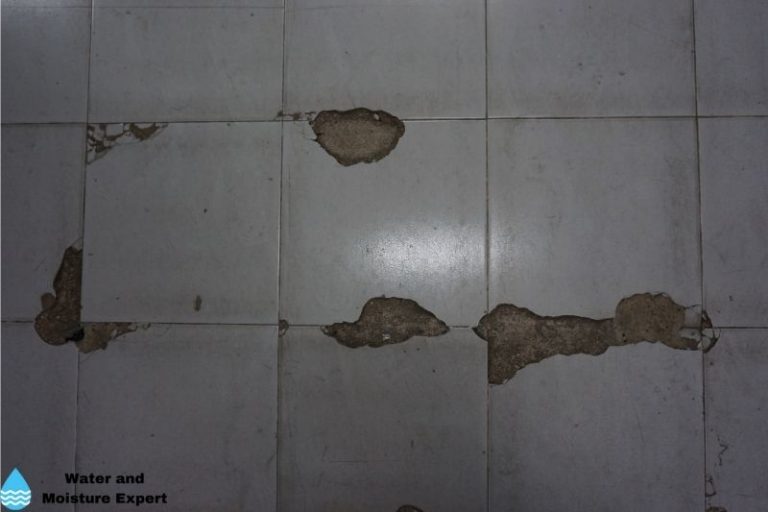The article below about How to Fix a Water Damage Bathroom is definitely intriguing. Don't miss out on it.

The restroom is exceptionally vulnerable for damp buildup and also potential water damages as a result of the frequent use of water in it. This write-up offers easy examination techniques to help finding water damages hazards.
The frequent use water in the washroom makes it extremely susceptible for damp buildup and potential water damage. By inspecting it frequently, you can decrease water associated problems.
The adhering to set of evaluations is simple to do and also should be done once in every three months in order to keep your restroom healthy and also to stop possible water damages caused by the bathtub, the shower, pipe joints as well as plumbing, sinks, cupboards, as well as the bathroom
Do not disregard executing these examinations and also be detailed while executing them. Remember that these straightforward examinations can conserve you a great deal of cash by giving very early signs for water damages
Sinks and also Cabinets
Sinks and also closets are revealed to dampness and also moisture everyday as well as are commonly neglected. Examine frequently under the sink as well as on the countertop above it. Repair any kind of drip in the catch as it might recommend drain issues. Take a look around the sink, slow draining pipelines might show an obstructed drain. Replace sink seals if they are cracked or loosened.
Bath tub as well as Shower
The shower as well as bathtub need special focus and maintenance. Examine the floor tiles as well as replace if cracked. See to it that there is no missing out on cement between the tiles. Evaluate as well as replace cracked caulking at joints where the wall surfaces satisfy the floor or the bathtub. Obstructed drains pipes and pipes troubles will prevent the bath tub from drying out as well as may show major problems under the tub. Speak with a specialist right away to prevent architectural damage. Pay attention to stainings or soft areas around the bathtub walls as they might suggest an internal leakage.
Plumbing
Signs for water damage are tough to identify considering that most pipes are mounted inside the wall surfaces.
Pay special attention to flooring and also wall surfaces moisture and also spots as they might suggest an invisible plumbing issue. Check dampness levels in adjacent rooms too.
The Toilet
The commode is a susceptible water joint. Check the water lines and also search for leakages around the commode seat, in the pipe, and under the water storage tank. If you detect any type of indicators of wetness on the floor around the commode, check for leaks in the toilet edge and container seals.
Be aware that hanging bathroom bowl deodorants raises the chances for blockages.
Water Damage Signs In The Bathroom To Avoid Cleanup
Musty smell
This is one of the easiest signs to catch because musty smells are so odorous. The damp, earthy, moldy smell should be a big red flag. The smell will develop when moisture gets trapped in surfaces, and begins to facilitate mold growth. Leaking pipes under cabinets, inside walls, and behind shower fixtures will cause moisture to stay trapped and not dry, which will lead to mold growth and spread. As soon as you notice any musty smells in your bathroom, have it checked for hidden water damage and cleanup signs.
Visible mold
If the smell isn’t there to give it away, sometimes you will actually see mold growth. Finding mold in your bathroom is a serious problem, because mold is very harmful to your health. By the time mold growth is visible, it also means that water damage has already occurred and been present for some time. The only way the mold problem can be resolved is to find the source of the moisture and get it stopped. To safely and adequately remove mold, you need to have professionals handle the remediation. Do not waste any time in getting mold problems addressed, fixed, and sanitized so that you can protect you and your family from the many respiratory symptoms caused by mold exposure.
Damaged floors
Bathroom floors should be able to withstand some exposure to water while still remaining in good condition. However, when excess exposure or water leaks occur, they will begin to damage even the most water-resistant flooring. If you notice any cracking, bubbling, staining, or warping on your bathroom floors, there is probably a water leak somewhere causing the distortion. If you notice areas of the floor have become softer, or even have a spongy feeling, there is probably damage to the subfloor. Subflooring is typically made up of plywood. When plywood is exposed to water or moisture, it will absorb it. Once it has become saturated, the weight of the excess water will cause the wood to swell and soften. Check the floors in your bathroom frequently to catch any of these sings before they lead to damaged subflooring.
Changes on walls
When water leaks behind walls, it will cause changes in the drywall. Peeling plaster, blistering paint, and soggy wallpaper are all good indicators that excess water is building up behind the wall. Water leaking behind drywall will cause it to swell and be soft to the tough. If you start to notice gaps along the trim of your walls, or where tile meets the wall, it could also be a strong indicator that there is a leak behind the wall. Any changes, distortion, or damage on the walls should be evaluated as soon as you notice it to prevent further water damage and cleanup.

As a person who reads on Common Causes of Water Damage in a Bathroom, I assumed sharing that excerpt was a good idea. Sharing is good. Helping others is fun. I am grateful for your time. Please visit our site back soon.
Get A Quote
Comments on “Exactly How to Avoid Bathroom Water Damage”